
It’s time to wake up to the pressing need for sustainable energy! Traditional methods just won’t cut it anymore. We must embrace renewable sources that are efficient, clean, and can power our lives. Not to mention, they’re our best defense against the destructive effects of climate change. So, what are the top 5 renewable energy sources? Get ready to uncover the types of renewable energy and explore what makes each one so incredible!
Definition of Renewable Energy Sources
Renewable energy sources are a crucial component of a sustainable future, offering an environmentally friendly option to fossil fuels. These sources utilize the Earth’s natural power, such as the sun and wind, to produce clean and renewable energy. One notable characteristic of renewable energy sources is their ability to replenish naturally, which decreases our dependence on limited resources and lessens the detrimental effects of traditional energy production on our environment.
Climate change threatens our world as our carbon footprint grows. However, there is hope in the form of renewable energy. Solar panels can convert sunlight into electricity, and wind turbines can harness the power of the breeze. These advanced technologies offer a glimpse into a sustainable and energy-independent future. Together, we can pave the way for a brighter tomorrow.
1. Solar Power
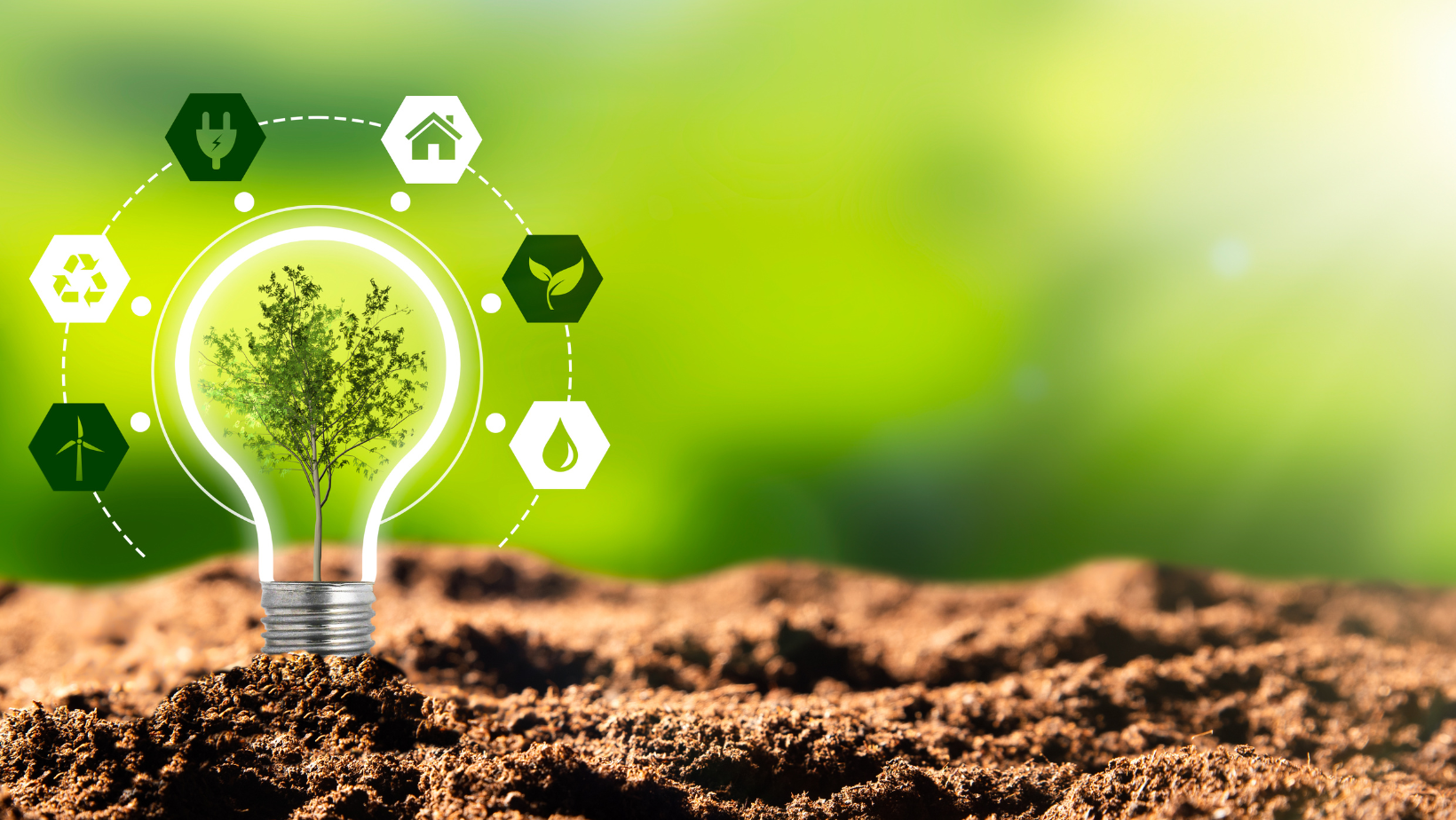
Harness the sun’s power and embrace a brighter future with solar energy! As the demand for renewable energy skyrockets, solar power becomes a dynamic and rapidly expanding clean and sustainable power source. With cutting-edge solar technologies paving the way, this affordable and accessible energy solution revolutionizes how households and businesses generate electricity. Say goodbye to fossil fuels and hello to the brilliance of solar panels, as they convert sunlight into a limitless and eco-friendly source of power.
Solar power offers various benefits, such as reducing carbon emissions, achieving energy independence, and saving costs. It is gaining importance as the demand for clean energy increases. It can be utilized on rooftops and in large-scale solar farms and holds immense potential for a more environmentally friendly future.
Advantages of Using Solar Power
Solar power is an increasingly popular and rapidly growing renewable energy source due to its numerous advantages. Some of the advantages of using solar power include the following:
Clean and Renewable Sources of Energy
Enter the mesmerizing realm of solar power, where eco-friendly enchantment unfolds! Marvelous photovoltaic cells harness the sun’s rays and transmute them into electrifying energy, poised to fuel your cherished devices or be stored in mighty batteries. Embrace the captivating might of the sun, behold as your electricity expenses dwindle, and witness your adoration for our precious planet flourish!
Solar energy is considered to be an environmentally friendly energy source because it is self-sustaining, does not emit greenhouse gases or pollutants, and is renewable and consistently available, making it a reliable and efficient option for energy.
Cost savings
Cost savings is one of the main advantages of using solar power as an energy source. Experience the power of solar panels as they revolutionize the way households and businesses combat high electricity bills, with their increasing efficiency and cost-effectiveness over the years. Even with the initial installation costs, solar energy can offer financial benefits in the long run by lowering electricity bills or even providing income from selling excess power back to the grid. Furthermore, solar energy can help reduce dependence on the grid and provide energy independence in remote areas or during power outages.
Flexibility and scalability
Solar power is flexible and scalable. It can be used in small or large quantities, from portable panels to massive farms. It can provide clean energy for various facilities like homes, businesses, and schools. Solar panels can be installed almost anywhere, like rooftops or backyards. They can even be integrated into a building’s design.
Low maintenance
Solar energy systems require minimal maintenance. Photovoltaic cells do not have any moving parts and therefore need little to no upkeep. Furthermore, since solar panels are designed to last for decades, they usually only require occasional cleaning to prevent loss of efficiency. This makes solar energy a low-maintenance and reliable energy source.
Long-performance warranties
Solar energy systems are built to last decades and have long-performance warranties. This offers peace of mind and financial security, as the solar panel manufacturer usually covers maintenance and repair costs. Long-term warranties also guarantee that the system will perform at a certain efficiency level for many years, providing clean energy without worrying about unexpected costs or repairs.
Types of Solar Panels Available for Residential Use
Various types of solar panels are available on the market, each offering unique benefits. Here are some common examples:
Monocrystalline Solar Panels
Monocrystalline solar panels are the most efficient of all types of solar panel technology and offer the highest energy production per square foot. They are composed of cells made from a single crystal structure, allowing them to generate more power than other types of technology. Additionally, monocrystalline panels are very durable and can last up to 30 years with minimal maintenance. The main drawback is that they are more expensive than other types of solar panels.
Polycrystalline Solar Panels
Polycrystalline solar panels, resembling a stunning mosaic of crystal structures, gracefully meet your energy requirements. While they may not boast the same level of supreme efficiency as their monocrystalline counterparts, their affordability compensates for it, making them a favored option for residential use. However, it’s important to note that these panels can be a tad delicate regarding temperature and other environmental elements, so bestow upon them the care and affection they deserve to ensure their enduring efficiency.
Thin Film Solar Panels
Thin film solar panels use a thin layer of photovoltaics applied to a substrate, like glass or plastic. Although they might not have the same efficiency as monocrystalline and polycrystalline solar panels, they make up for it with their flexibility and affordability. Additionally, they often have better resistance to extreme temperatures and are suitable for challenging environments.
2. Wind Power
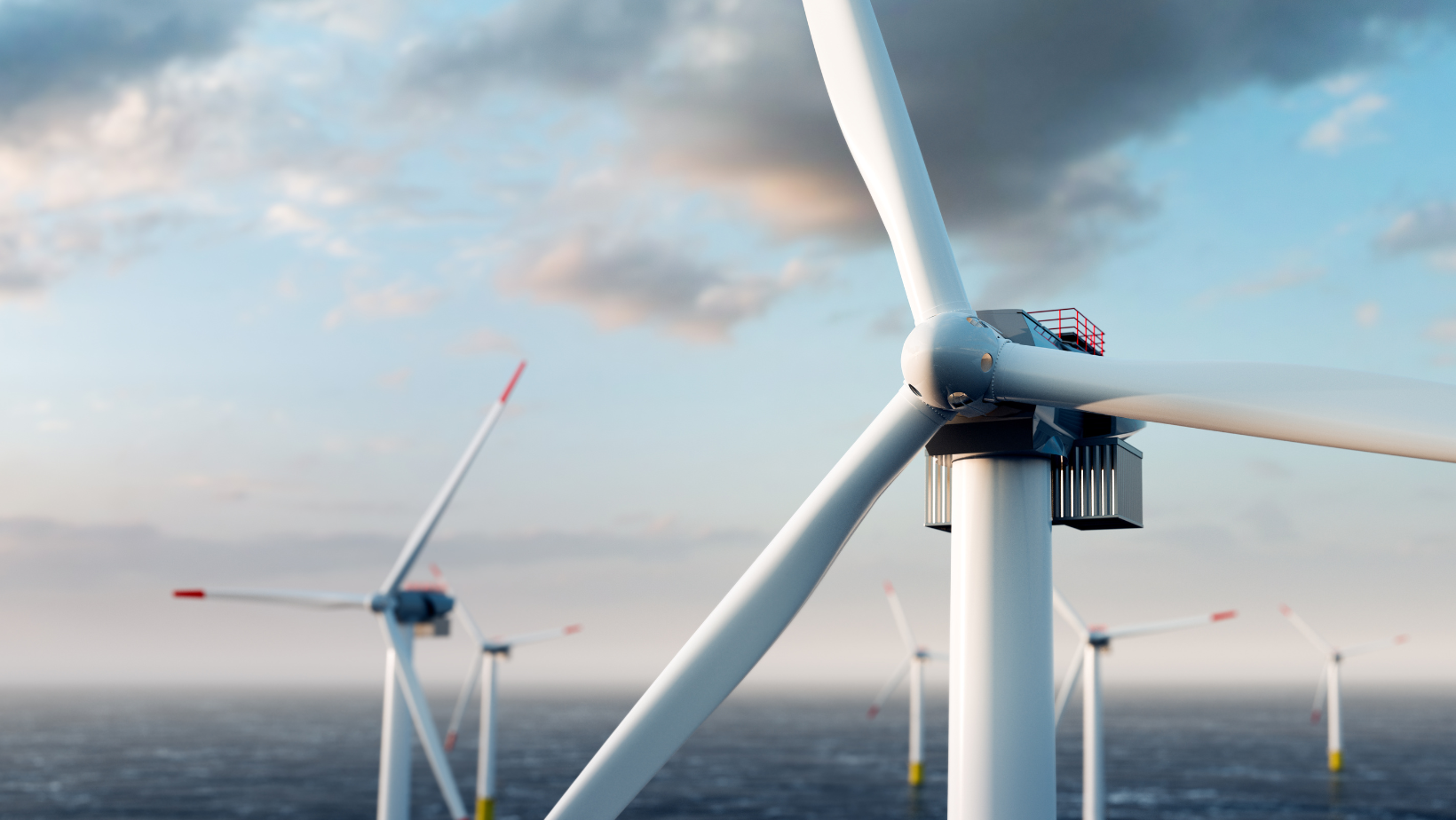
Wind power is not just a simple gust of air; it is a force to be reckoned with, capable of transforming the energy landscape. Harnessing the power of the wind has become one of the world’s most promising and widely adopted renewable energy sources. How does wind energy work?
Well, it all starts with those towering wind turbines that dot the landscape, gracefully spinning their massive blades day and night. As the wind blows, these turbines convert the kinetic energy of the moving air into electricity. The generated power is then transmitted through electric utilities to meet the energy needs of households and businesses. With its ability to produce clean energy and reduce carbon emissions, wind power is becoming an increasingly vital part of the global energy mix. It’s time to ride the wind and let it guide us toward a more sustainable future.
Advantages of using wind power
Wind power offers a variety of advantages when it comes to clean energy production. Some of the key benefits include:
- Efficient: Wind power is considered a highly efficient renewable energy source, capable of producing significant amounts of electricity while minimizing its environmental impact.
- Cost-Effective: Wind turbines have a lower installation and maintenance cost, making wind power a viable option for cost-effective energy production.
- Reliable: Wind power is considered more reliable compared to other forms of renewable energy because it does not depend on the unpredictable nature of the weather and can consistently generate electricity.
Types of Wind Turbines Available for Residential Use
Wind turbines come in various sizes and designs, making them suitable for residential and commercial use. Here are some of the most popular types of residential wind turbines:
- Horizontal-Axis Wind Turbines (HAWTs): HAWTs are the most common type of wind turbine. They are large, three-bladed turbines that resemble airplane propellers and spin in a horizontal direction when wind passes through them. The blades capture kinetic energy from the wind and turn it into mechanical energy, which is then converted into electricity. HAWTs are typically installed in large groups called “wind farms” and can generate large amounts of electricity for a relatively low cost.
- Vertical-Axis Wind Turbines (VAWTs): VAWTs, also known as “eggbeater” turbines, are smaller and more compact than HAWTs. They have fewer blades (usually two) and spin in a vertical direction when wind passes through them. VAWTs have less efficiency than HAWTs and are more expensive, but are easier to install and maintain.
- Building-Integrated Wind Turbines (BIWTs): These turbines are integrated within the structure of a building and take up very little space.
- Offshore Wind Turbines: These turbines are designed to be installed in shallow coastal waters, offering an efficient renewable energy source for coastal regions.
- Roof-Mounted Wind Turbines: These turbines are mounted directly onto a rooftop and offer a reliable source of electricity for residential homes.
3. Geothermal Energy
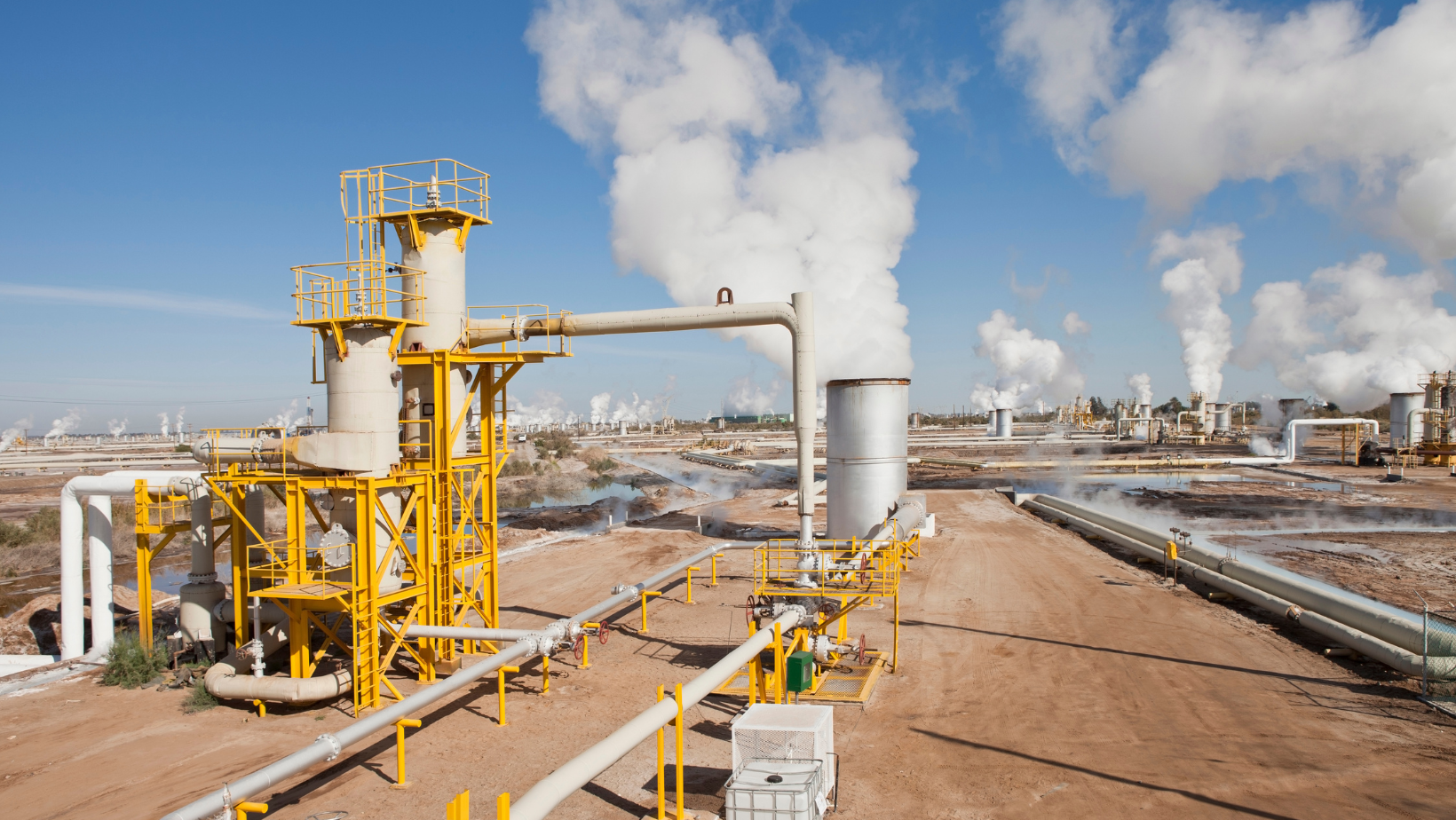
Geothermal energy, a remarkable and often underappreciated renewable energy source, taps into the immense heat trapped within the Earth to generate electricity or provide heating and cooling for our homes. This fascinating energy alternative harnesses the power of steam produced by heated water and spinning turbines to create electricity. It’s like having our underground power plant, and the Earth becomes our supplier. Additionally, ground-source heat pumps offer direct, environmentally friendly heating and cooling by utilizing the stable temperature of the Earth’s subsurface.
Advantages of Using Geothermal Energy
Geothermal energy offers a variety of advantages when it comes to clean energy production. Some of the key benefits include:
- Cost-Effective: Geothermal systems are an affordable and efficient solution to power homes with clean energy.
- Clean Energy Source: Geothermal systems produce no pollution or greenhouse gases, making them a great alternative to fossil fuels and nuclear power plants.
- Reliable Supply: Unlike other forms of renewable energy, geothermal energy is a reliable and consistent energy source.
Types of Geothermal Power Systems
Geothermal systems come in various sizes and designs, making them suitable for residential and commercial use. Here are some of the most popular types of geothermal power systems:
Direct-Use Geothermal Systems
Direct-use geothermal systems are the most common type of geothermal energy system and involve pumping hot water or steam from a deep well to a surface facility for heating or cooling. Water can directly heat homes, businesses, or even outdoor swimming pools. Geothermal heat pumps are also a popular direct-use system, utilizing pipes buried in the ground to absorb and transfer heat from the earth into buildings.
Enhanced Geothermal Systems (EGS)
EGS involves pumping water into hot, dry rocks beneath the Earth’s surface to create steam and generate electricity. This type of system is more efficient than direct-use geothermal systems and can produce more electricity.
Binary Cycle Power Plants
Binary cycle power plants generate electricity using two fluids with different boiling points. Hot water from the Earth is passed through a heat exchanger, heating a secondary fluid and creating steam to drive an electric turbine.
Flash Steam Power Plants
Flash steam power plants use high-pressure hot water from geothermal reservoirs to create steam and drive a turbine. The leftover hot water is then injected back into the reservoir for reuse.
Hybrid Systems
Hybrid systems combine different types of geothermal energy production to maximize efficiency. For example, a hybrid system could utilize a binary cycle power plant to generate electricity and flash steam power plants to heat hot water for direct-use applications.
4. Biomass Energy
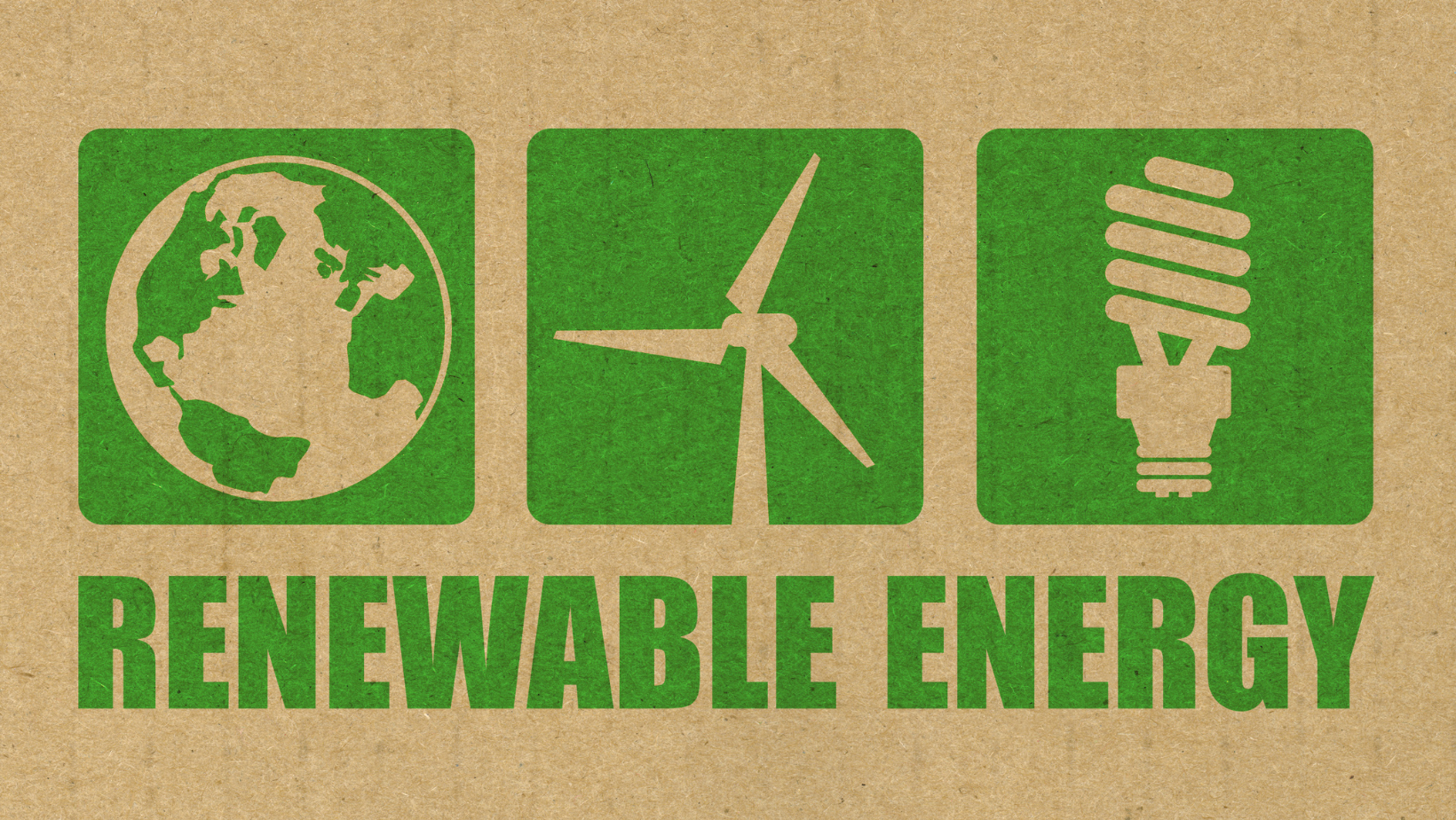
Biomass energy generates energy from organic materials, such as plants and animal waste. This renewable energy source can create electricity, heat, and transportation fuels. Biomass can be burned directly or converted into various forms of biofuel. The most common types of biomass energy include wood, agricultural wastes, biogas, and ethanol.
Advantages of Using Biomass Energy
Biomass energy offers many advantages, including:
- Renewable Source: Biomass is a renewable energy source, as organic materials can be grown and replenished over time.
- Low Carbon Footprint: Make a positive impact on the environment and reduce your carbon footprint by choosing to burn biomass! This eco-friendly alternative releases significantly less carbon dioxide than other fossil fuels.
- Cost-Effective Solution: Biomass is a relatively inexpensive energy source, making it an attractive option for developing countries.
5. Hydropower
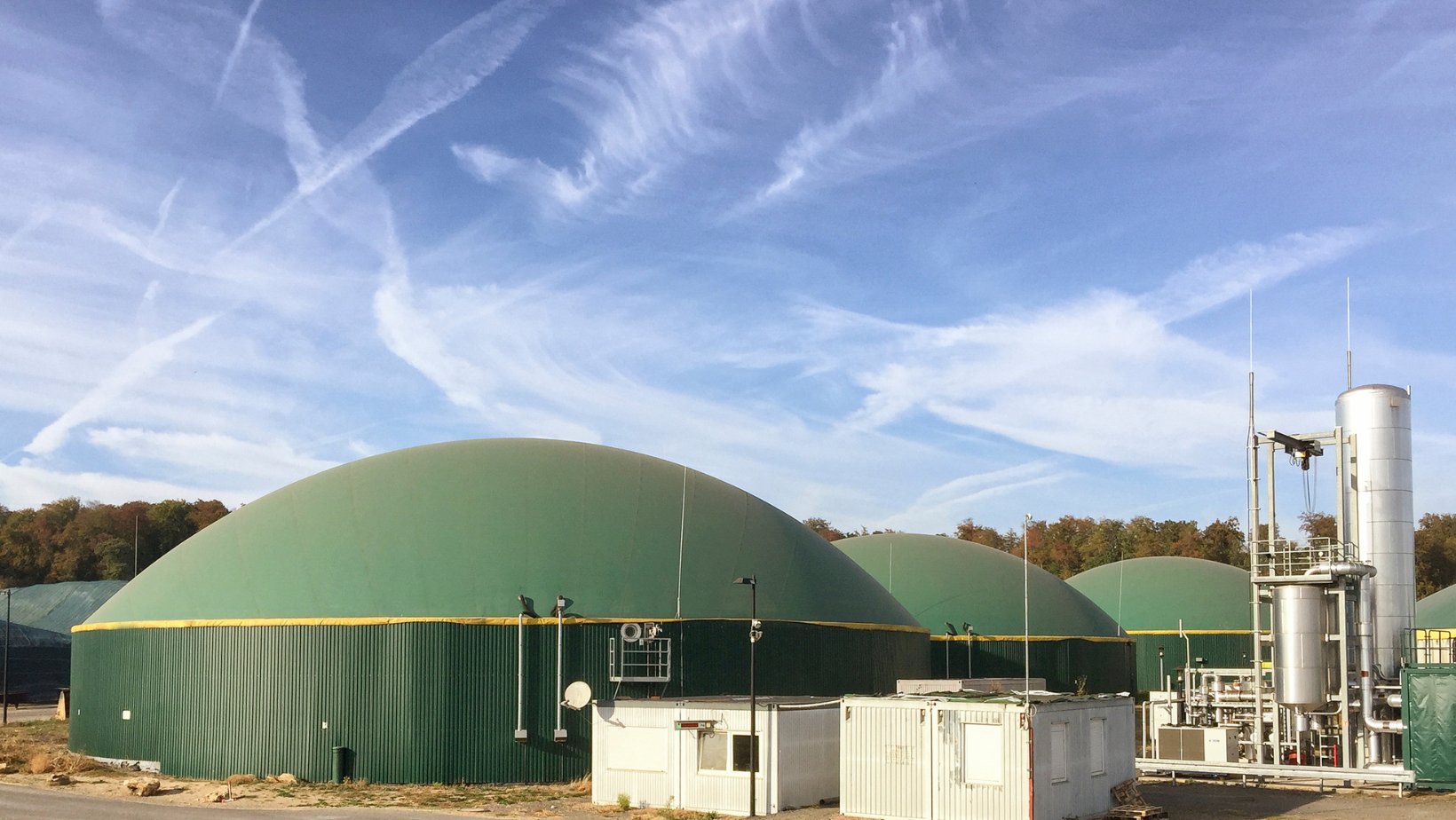
Hydropower is the use of flowing water to generate electricity or to power mechanical devices. This renewable energy source utilizes the kinetic energy of moving water leading to electricity generation, and it’s one of the oldest forms of energy production in human history. Hydropower has many advantages, including its potential for large-scale generation and environmental friendliness.
The most common type of hydropower is the traditional dam-based system, which involves damming a river or stream to create a water reservoir. This reservoir is then released through turbines to generate electricity. Hydropower can also be generated through tidal power or marine current turbines, which take advantage of the movement of ocean waters to generate electricity.
Advantages of using hydropower
Hydropower offers several significant advantages over other forms of energy production, including:
- Cost-Effective: Hydropower is a relatively inexpensive form of energy production, as it does not require any additional fuel or materials to generate electricity.
- Low Environmental Impact: Hydropower produces no greenhouse gas emissions and has minimal environmental impact compared to other forms of energy production.
- Flexible Operation: Hydropower can be ramped up or down quickly, making it an ideal energy source for fluctuating demand.
Types of Hydropower
Hydropower is a versatile energy source, and there are several types of hydropower systems:
Pumped Storage
The pumped storage hydropower system consists of two reservoirs located at different elevations. Water is transferred from the lower reservoir to the higher one, enabling efficient energy storage and the capacity to generate electricity based on changes in demand.
Wave Power
Wave power uses ocean waves to generate electricity. This type of hydropower relies on the energy of ocean waves to turn turbines and generate electricity. Wave power is a promising renewable energy source, but it’s still in its early stages of development.
Marine Current Turbines
Marine current turbines are similar to wind turbines, except they are designed to take advantage of the kinetic energy of moving ocean waters. These turbines are placed along the seafloor and generate electricity as the currents move past them.
Factors to consider when selecting a renewable energy source
When deciding which type of renewable energy to use, it’s important to consider several factors, such as:
- Availability: The availability of the energy source should be taken into consideration. For example, hydropower is only available in areas with rivers or streams.
- Cost: Cost is an important factor when selecting a renewable energy source. Some sources may be more expensive, so looking at the upfront and long-term costs is important.
- Environmental Impact: Some renewable energy sources may have a greater environmental impact than others. For example, hydropower can impact fish populations due to dams blocking their migration routes.
Conclusion
Many renewable energy sources can be used to reduce our dependence on fossil fuels. Solar, wind, hydropower, biomass, and geothermal energy are all viable options for producing clean energy. Each source has unique characteristics and advantages that make it suitable for different applications.
It is important to consider availability, cost, and environmental impact when selecting the right renewable energy source for your needs. Renewable energy sources are becoming increasingly popular and are an important part of the effort to reduce our reliance on fossil fuels and combat climate change. We can move towards a more sustainable future powered by clean energy sources with the right investments.
